 To see the Cloncha stone listed among the 100 great objects of Irish history, as devised by Fintan O’Toole, was a golden moment for our Inishowen heritage. I was puzzled by a number of elements in the article. For example, I am still trying to find out where he got the name MacMhoireasdain from when the actual name on the tombstone is clearly Magnas MacOrristin. The name of the sculptor, Fergus MacAlain (McCallion) is omitted. In the original lettering Fergus gave himself pride of place with the deceased. The McCallions received grants of land for their assistance in securing Inishowen for the O’Dohertys. Cornelius McCorristin was a rector here in 1431 and there were other rectors of the same name in the sixteenth century. In the Pardon Lists drawn up following the rebellion of 1608, the McCallion surname is one of the most prominent. The Lists pardoned large numbers who participated in the revolt.
To see the Cloncha stone listed among the 100 great objects of Irish history, as devised by Fintan O’Toole, was a golden moment for our Inishowen heritage. I was puzzled by a number of elements in the article. For example, I am still trying to find out where he got the name MacMhoireasdain from when the actual name on the tombstone is clearly Magnas MacOrristin. The name of the sculptor, Fergus MacAlain (McCallion) is omitted. In the original lettering Fergus gave himself pride of place with the deceased. The McCallions received grants of land for their assistance in securing Inishowen for the O’Dohertys. Cornelius McCorristin was a rector here in 1431 and there were other rectors of the same name in the sixteenth century. In the Pardon Lists drawn up following the rebellion of 1608, the McCallion surname is one of the most prominent. The Lists pardoned large numbers who participated in the revolt.
O’Toole avoided reference to the myths and legends associated with the grave slab. At one time it was placed over the grave of Robert Young of Culdaff, a High Sheriff of Donegal. The story went on to state that the stone came in the ballast of a boat from Scotland. Apparently, a group of fishermen went into a graveyard in Iona as they faced a storm on the journey back home and took the stone as ballast. This story was plausible until it was discovered that the stone was available locally.
The author highlights the sporting and warlike connections of the deceased because of the sword and hurley on the slab. In the eyes of his peers, he was a heroic figure, but despite the highly decorative floral tributes, he was not of a noble family; otherwise a family crest would have adorned his memorial. He had the credentials associated with success and heroism: only a sportsman and warrior of outstanding skill would merit having his emblems sculpted on his tomb in the manner of earls, bishops and their likes. As a gallowglass, he lies in a hallowed spot amid four High Crosses (one in ruins) in an ancient monastic site and burial place. Here, members of the clergy, a royal chaplain, the gentry and one bishop were interred.
The hurley on the slab reminds us that hurley was played in Ireland in ancient times. A curved stick was used known as a camán from the Irish cam meaning crooked. In Inishowen, camán was a popular winter sport enjoyed by the gentry and ordinary folk particularly in post-medieval times. There was a great tradition in Inishowen of playing the game on Christmas Day between rival townlands. Even in the nineteenth century it crossed political and social boundaries. There was no fixed pitch and the game traversed from one townland to another using a home-made sliotar. So the deceased would have felt at home in this environment. Some years ago a replica of the stone was placed in the Croke Park museum because of its significance in our sporting history.
Of transnational relevance is the fact that the stone is a celebration of Hiberno-Scottish culture in a number of ways. The deceased was from the Isles of Scotland. The Norsemen occupied these territories and it was from them that Magnas got his Christian name: an authoritative link beween Inishowen, Scotland and the Norse sagas. The inscription is in Scots Gaelic and is one of the rare examples of such writing on public memorials to have survived. The sword has been indentified as a two-handed Scottish claymore, a crude weapon of medieval warfare, commonly used in the most brutal phase of battle. Our Scottish connections are many: the first Methodist ministers here preached to their congregations in Scots-Gaelic. Indeed the stone can also be placed in the context of our Ulster-Scots heritage.
The Cloncha stone can be viewed in Cloncha grave yard off the Moville-Carndonagh road. It is well worth a visit.
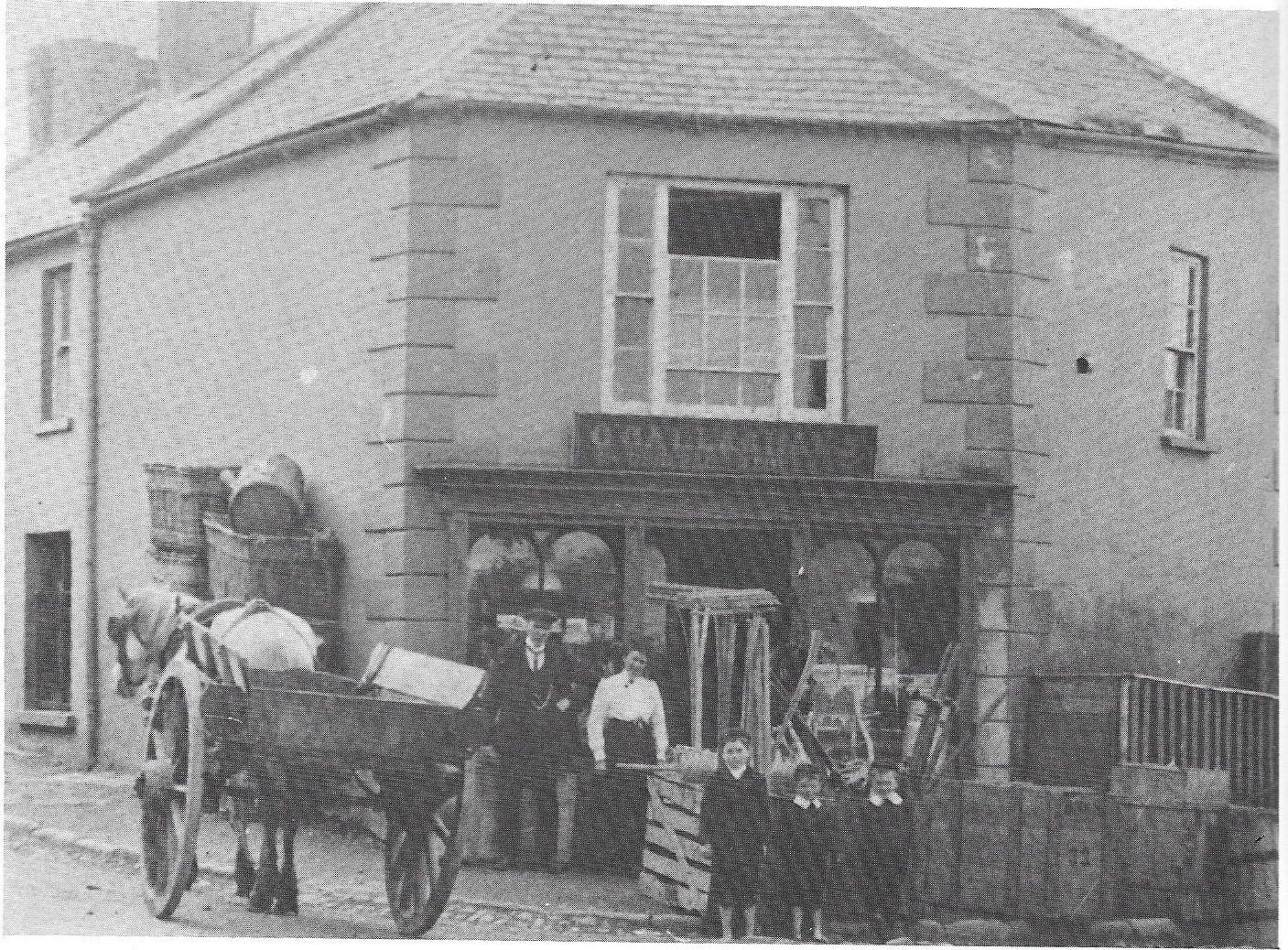
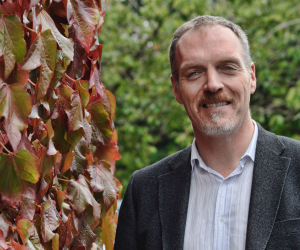

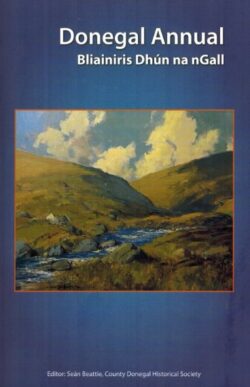
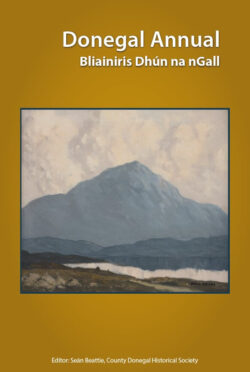
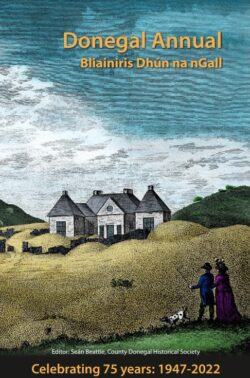
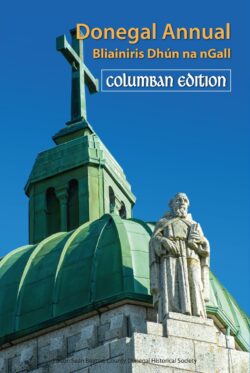
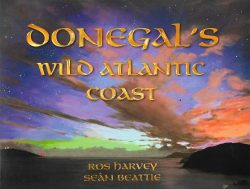
Roddie MacLennan
The article is interesting but is perhaps a little inaccurate. The sword is not the two handed claidheamh mhôr, favoured by Scottish Gaels, but a single hand pattern apparently in common use throughout the Scottish Gaidhealtachd until the adoption of the later basket hilt broadsword. Before Leinster Hurling was adopted as the national ball and stick game for Ireland, in the 19th century, a line could be drawn from Dublin to Galway, north of which the game of Camanachd was played. It survives in Scotland as Shinty or Camanachd. I suppose it’s debatable whether the Mcorriston stick is actually a hurley at all; certainly not in its modern sense. The Scottish links are certainly strong, with the man himself being a Scottish gallowglass and his caman being identical with those being made and used in Scotland today. (I am a caman maker and Highlander whose maternal family came from the Glenties.).
seanbeattie
Thanks Roddie. You are a keen student of the hurley and its history. Looking at the stone, I doubt if it was easy to use as a single hander, certainly not by battle-weary fighters.
Roddie MacLennan
Hi Seàn, I think it’s just the sculptors proportions which are a bit off! That type of sword appears on a lot of West Highland style grave slabs. The pommel appears to be derived from a mixture of earlier viking and European single hand swords. The claidheamh mòr can be identified by quillons which were always a quatrefoil pattern. I make replicas of the Cloncha caman, together with the wooden balls which were commonly used in Camanachd until quite recently…if anyone is interested! ????????
seanbeattie
Roddy -very interesting that you make these. VIking influence is also of interest as they dominated this area from 900 to about 1250 approx. Further Viking influences appear on some stone crosses in Inishowen.